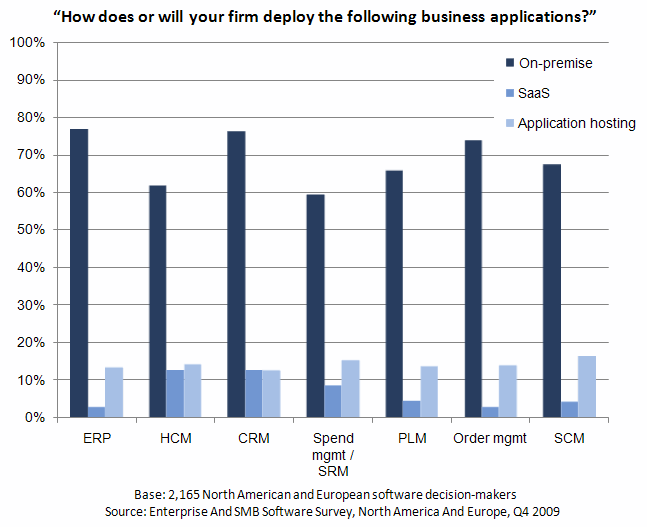Adapting to Cloud: The Channel Models They Are a-Changin’
NetSuite, a leading SaaS ERP/CRM provider, recently announced that it is revamping its channel partner comp model: 100% on Y1 subscription revenue, and 10% thereafter. VARs have been remiss in taking up the SaaS torch, largely because most SaaS vendors haven’t provided a financial model conducive to VARs’ cash flow requirements. Per the on-premise license model, channel partners make a big portion of their nut on initial product margin, i.e., up front. But vendor SaaS economics minimize up-front remuneration and spread revenue out over a long period of time. Though it sacrifices year-one revenue, NetSuite’s 100/10 model more closely mirrors VARs’ accounting practices.
NetSuite’s model will be the first of many SaaS channel model “experiments” that will ultimately be a shot in the arm for the SMB market in particular. Contrary to popular belief, SMBs have been slow on the uptake of SaaS (application hosting outpaces SaaS adoption by SMBs by a factor of 3-4x) … 
… due to the fact that VARs, in ownership of the customer trust asset, haven’t been pushing SaaS. But the financial barriers to channel partners’ SaaS advocacy are being broken down.
Now that the path for VARs to play in the cloud is being forged, and their play along with software vendors, aggregators, and ISPs being validated, distributors and DMRs, long wedded to on-premise license models, are going to have to figure out their place in the new cloud channel order.
What do you think? Is this one of many experiments? What is the role for distributors and DMRs in cloud computing?